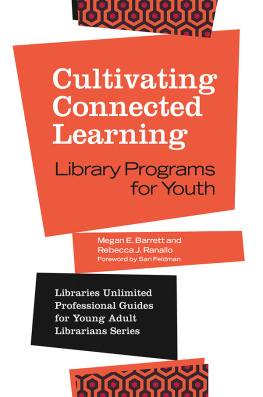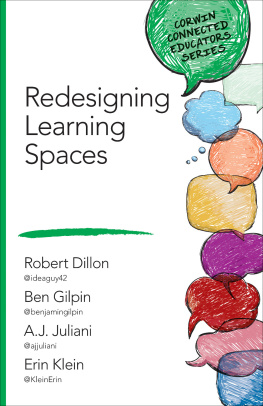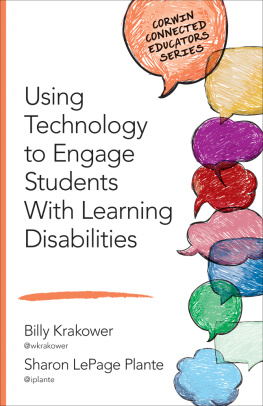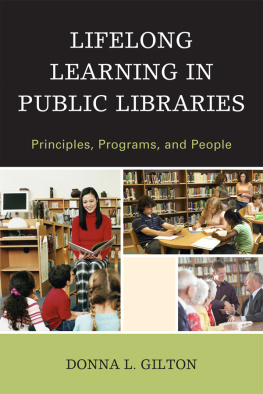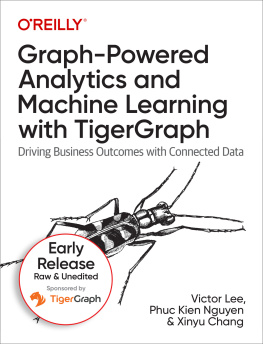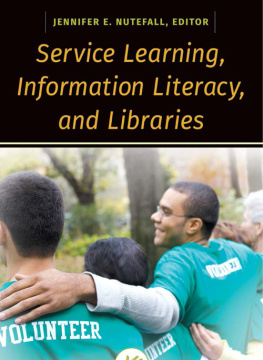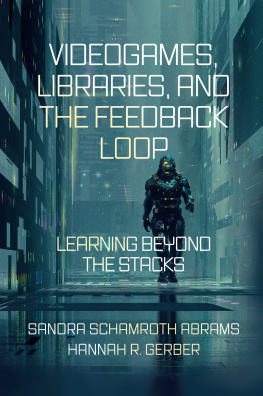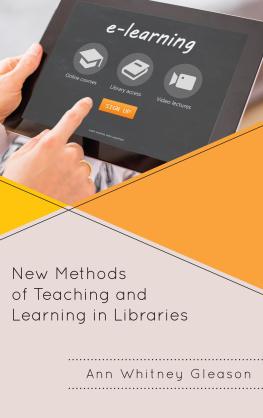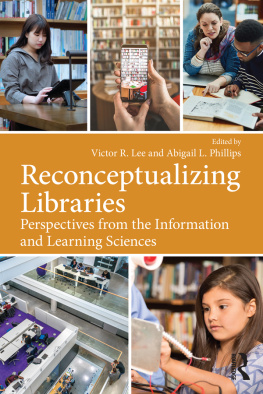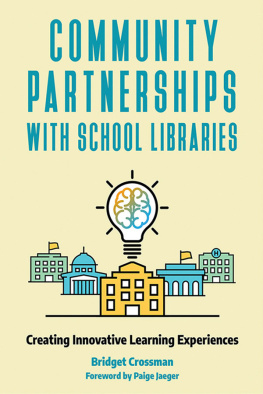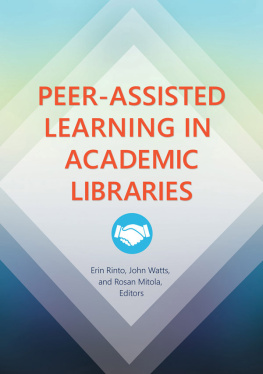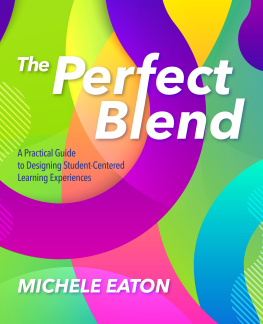Cultivating Connected Learning
Recent Titles in
Libraries Unlimited Professional Guides for Young Adult Librarians
C. Allen Nichols and Mary Anne Nichols, Series Editors
Make Room for Teens!: Reflections on Developing Teen Spaces in Libraries
Michael G. Farrelly
Teens, Libraries, and Social Networking: What Librarians Need to Know
Denise E. Agosto and June Abbas, Editors
Starting from Scratch: Building a Teen Library Program
Sarah Ludwig
Serving Teen Parents: From Literacy Skills to Life Skills
Ellin Klor and Sarah Lapin
Teens Go Green! Tips, Techniques, Tools, and Themes in YA Programming
Valerie Colston
Serving Latino Teens
Salvador Avila
Better Serving Teens through School LibraryPublic Library Collaborations
Cherie P. Pandora and Stacey Hayman
Teen Games Rule! A Librarians Guide to Platforms and Programs
Julie Scordato and Ellen Forsyth, Editors
Dragons in the Stacks: A Teen Librarians Guide to Tabletop Role-Playing
Steven A. Torres-Roman and Cason E. Snow
Cooking Up Library Programs Teens and Tweens Will Love: Recipes for Success
Megan Emery Schadlich
Full STEAM Ahead: Science, Technology, Engineering, Art, and Mathematics in Library Programs and Collections
Cherie P. Pandora and Kathy Fredrick
Cultivating Strong Girls: Library Programming That Builds Self-Esteem and Challenges Inequality
Nancy Evans
Cultivating Connected Learning

Library Programs for Youth
Megan E. Barrett and Rebecca J. Ranallo
Foreword by Sari Feldman
Libraries Unlimited Professional Guides for Young Adult Librarians Series
C. Allen Nichols and Mary Anne Nichols, Series Editors

Copyright 2018 by Megan E. Barrett and Rebecca J. Ranallo
All rights reserved. No part of this publication may be reproduced, stored in a retrieval system, or transmitted, in any form or by any means, electronic, mechanical, photocopying, recording, or otherwise, except for the inclusion of brief quotations in a review, without prior permission in writing from the publisher.
Library of Congress Cataloging in Publication Control Number: 2018003195 (print)
ISBN:978-1-4408-5538-2 (paperback)
978-1-4408-5539-9 (ebook)
222120191812345
This book is also available as an eBook.
Libraries Unlimited
An Imprint of ABC-CLIO, LLC
ABC-CLIO, LLC
130 Cremona Drive, P.O. Box 1911
Santa Barbara, California 931161911
www.abc-clio.com
This book is printed on acid-free paper 
Manufactured in the United States of America
Contents
Hopefully you have the good fortune of serving groups of teens who love to hang out in your library. Library staff continually look for ways to keep teens interested in being there and provide them with opportunities to learn and create outside of the classroom, while expanding their peer relationships. Why not try connected learning? This approach allows teens to share ideas, to work with others, and to create and produce content, often using technology. The key to its success is that the topics are personally interesting to teens. This helps them achieve outcomes and sharpen skills outside of classroom learning.
Adding connected learning to your plan of service just got easier! Megan and Rebecca take you through the steps of how you can make this work in your library. Their knowledge on the topic is extensive, drawing upon their own library experiences with connected learning as well as research and practical advice. Using this book as a guide, you will clearly see that connected learning has a place in your library and how your teen patrons will benefit. It can also solidify your librarys role in the community.
We are proud of our continued association with Libraries Unlimited/ABC-CLIO, as they are committed to publishing practical quality works for library employees working with teens.
We hope you find this book, as well as our entire series, to be informative, providing you with valuable ideas as you serve teens, and that this work will further inspire you to do great things to make teens welcome in your library. If you have an idea for a title that could be added to our series, or would like to submit a book proposal, please e-mail us at bittner@abc-clio.com. Wed love to hear from you.
Mary Anne Nichols
C. Allen Nichols
Series Editors
When Megan and Rebecca asked me to write the foreword to their book on connected learning, it gave me a pause to think about the ways in which learning models have evolved in library programming. Libraries have long been an environment that attracts youth during out-of-school time, but our role in supporting deep learning has changed over time.
Having started my career as a young adult services librarian, I know firsthand the challenges associated with providing positive and engaging experiences for youth. Today, librarians have to develop programming that not only engages youth but also addresses broader issues in substantive ways. Our work as librarians is driven by a need to move from outputs (i.e., number of kids coming to library programs) to outcomes (i.e., the librarys contribution to improved high school graduation rates), making an impact on kids through meaningful library programs. This shift in thinking from outputs to outcomes has led to the application of 21st-century learning skills in library program design and a recognition that youth learn best when their learning is interest driven, peer supported, and academically oriented. Perhaps Benjamin Franklin saw this most clearly when he said, Tell me and I forget, teach me and I may remember, involve me and I learn.
There is no question about the value of connected learning and the ways in which connected learning has transformed libraries. Libraries provide environments to experience new digital tools, to work collaboratively on projects, and to learn from staff and community experts. The library environment supports diverse learning styles and strengthens basic literacy as well as digital literacy through connected learning projects. As the opportunity gap widens, it is essential for libraries to create equity by delivering high quality learning experiences for all youth during out-of-school time.
In this text, Megan and Rebecca provide an essential guide for libraries and librarians ready to move to a connected learning environment and model of service. Beginning with the background information on the learning model and its benefits to teens, they continue the book with sections that detail the opportunities and options in connected learning programs. As libraries transform to be less about collections and transactions of service and more about focused learning opportunities, librarians would be well served to use this book as a timely and important guide for youth services.
The 2014 YALSA report The Future of Library Services for and with Teens: A Call to Action identified that connected learning provides a foundation for what teens need and want from libraries. It reaffirms the value of libraries in the lives of teens. At the Cuyahoga County Public Library (CCPL), Megan and Rebecca have developed rich, outcomes-based connected learning programs that create learning experiences and opportunities for the teens in our communities. Their vision, experience, and knowledge come together in this book to stimulate our thinking about the ways in which connected learning can advance our profession and support powerful youth learning.

